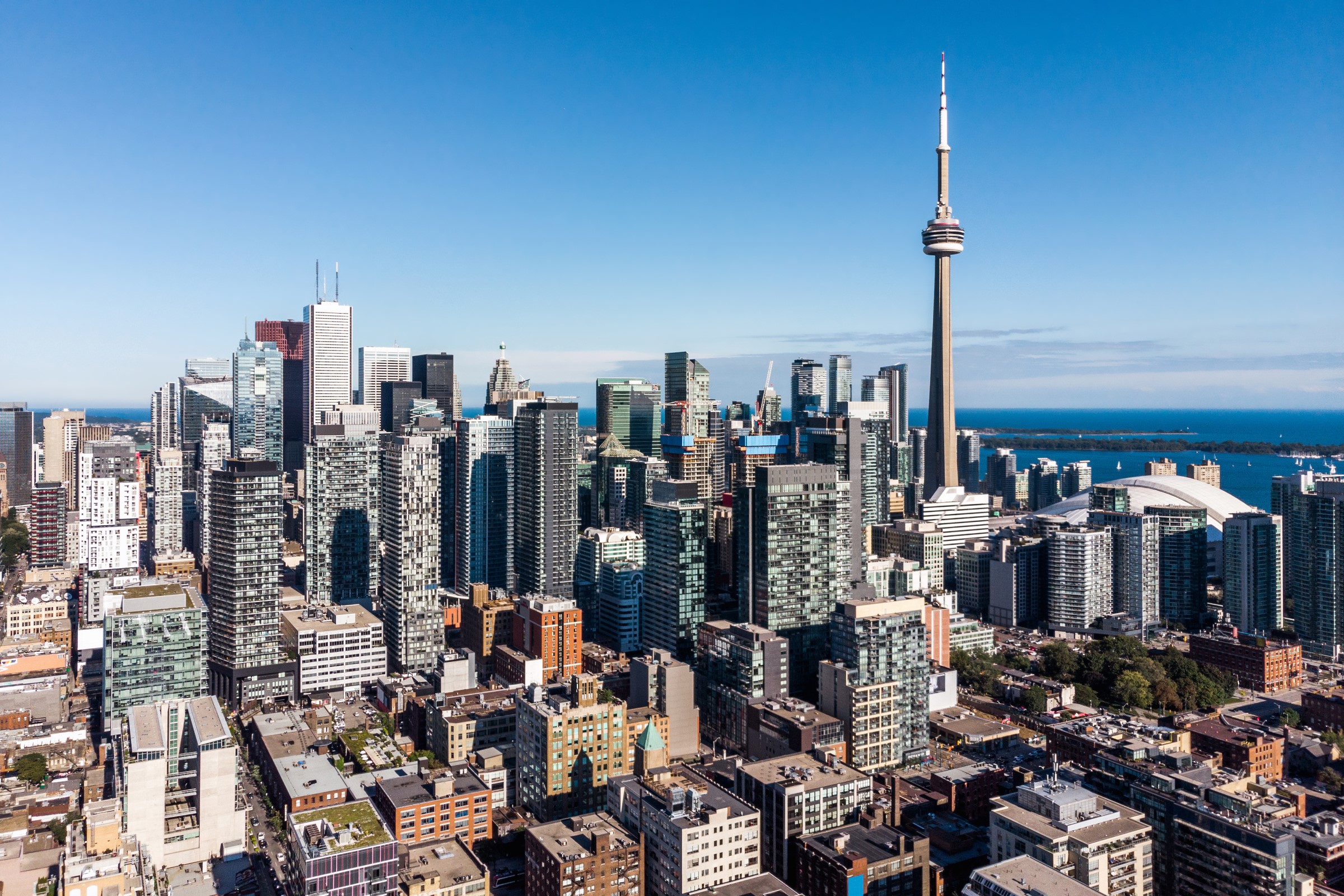District energy is the centralized generation and distribution of thermal energy to a group of buildings within a neighbourhood. The thermal energy is then delivered to customers through a network of interconnected underground pipes, and heat exchangers at each building which are commonly referred to as Energy Transfer Stations, or ETS’s. Therefore, district energy eliminates the need for each building to have individual boilers, chillers, heat pumps, and cooling towers.
Utilizing economies of scale, cost effective low-carbon district energy technologies can greatly improve environmental performance by significantly reducing greenhouse gas (GHG) emissions. This leads to a significant reduction in each building's carbon footprint within a connected neighbourhood.
As urbanization grows, populations increase, climate change pushes forward and existing systems age, it’s more important than ever that our essential infrastructure is as resilient as possible to handle whatever the future holds. Through a "technology-agnostic" approach, all of Creative Energy’s projects tailor green solutions to the local environment, finding the best fit for cities, consumers and sustainability initiatives.






